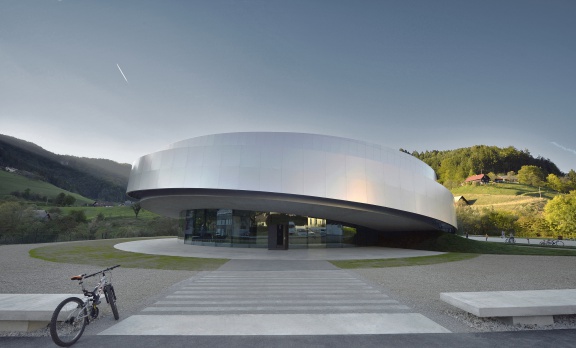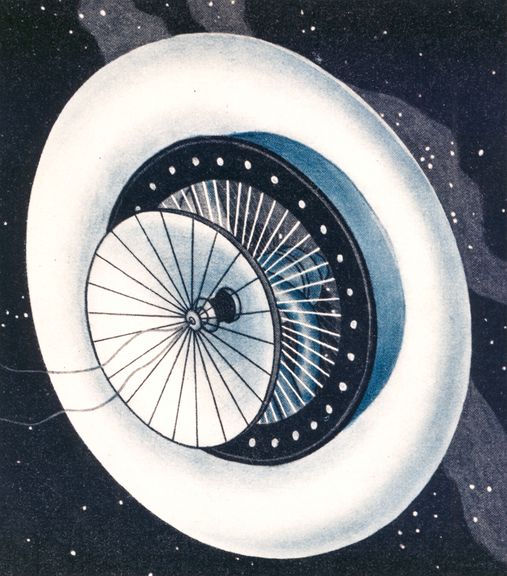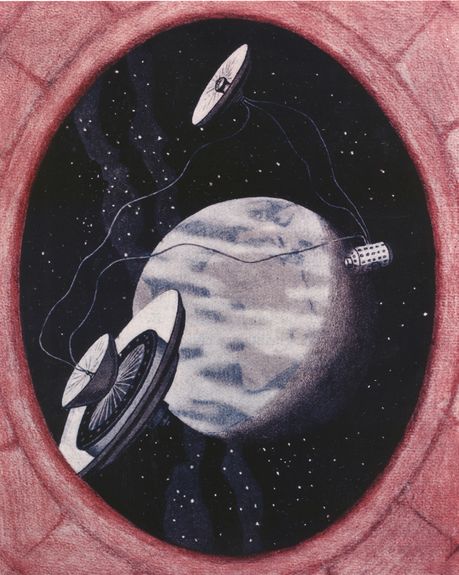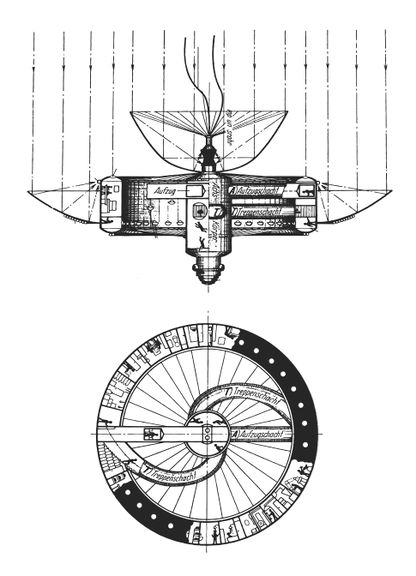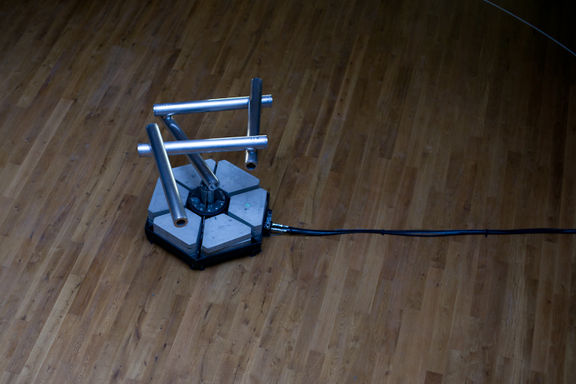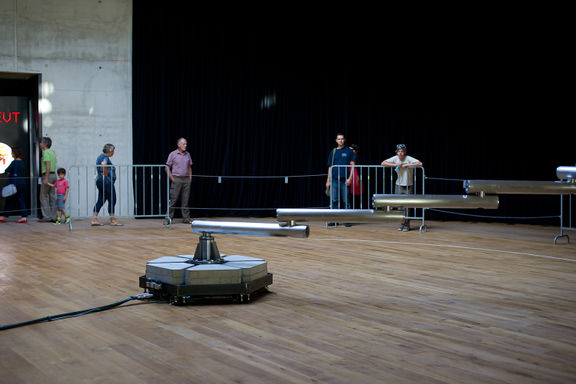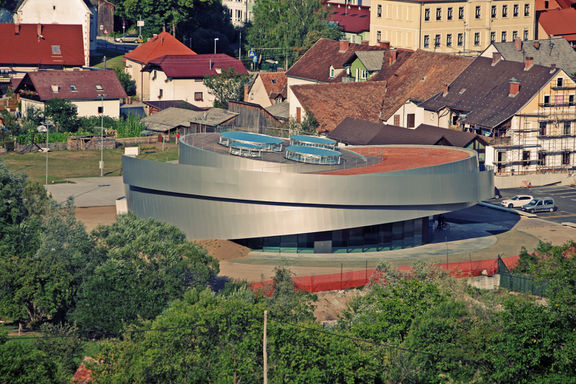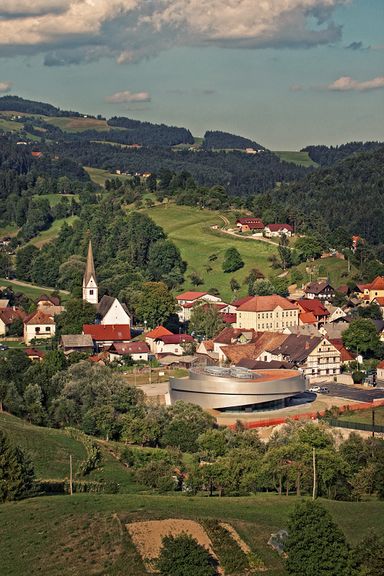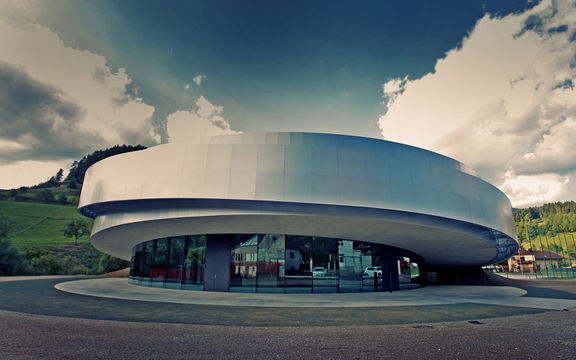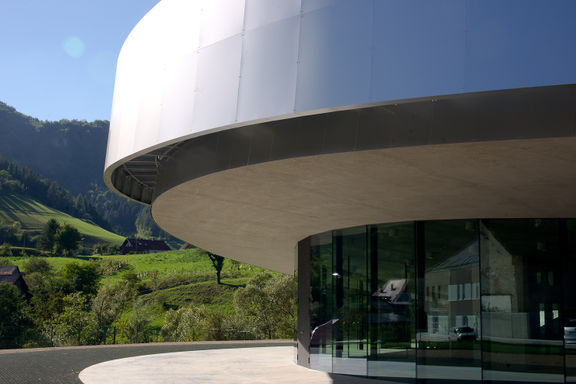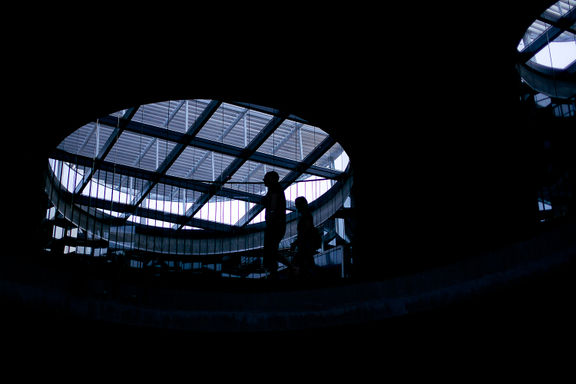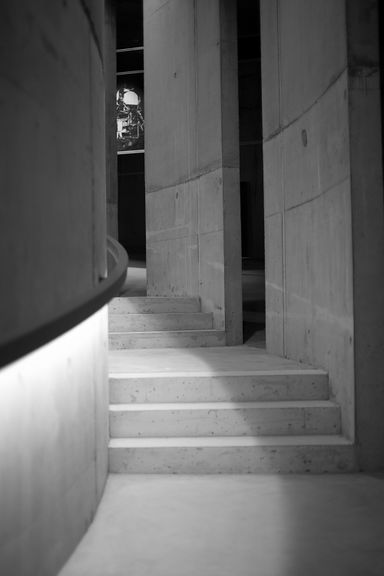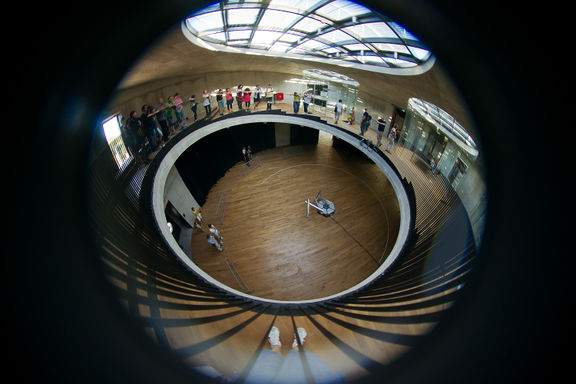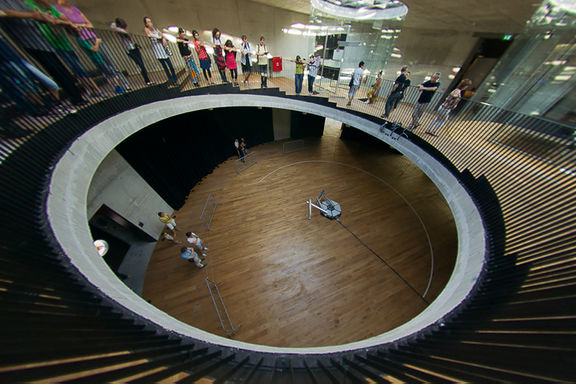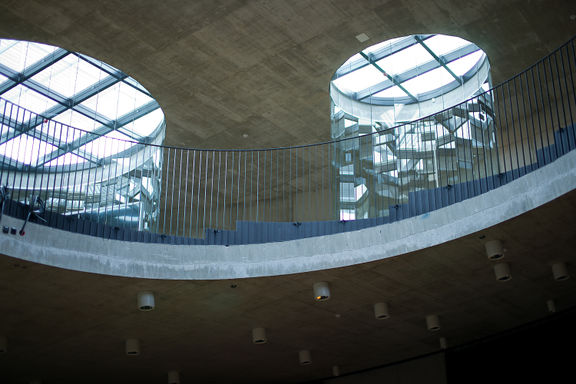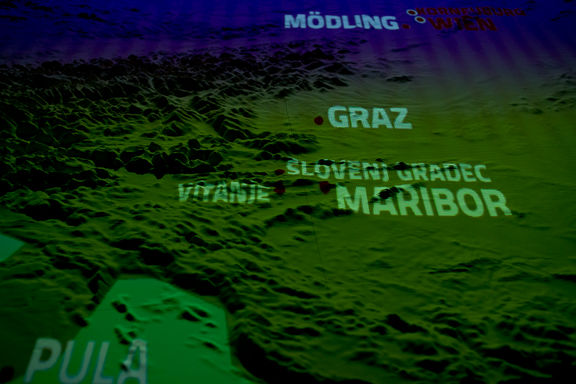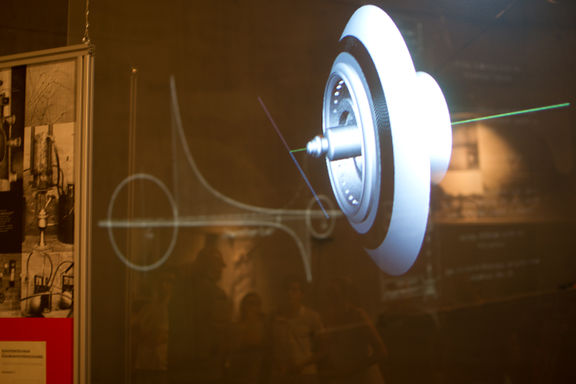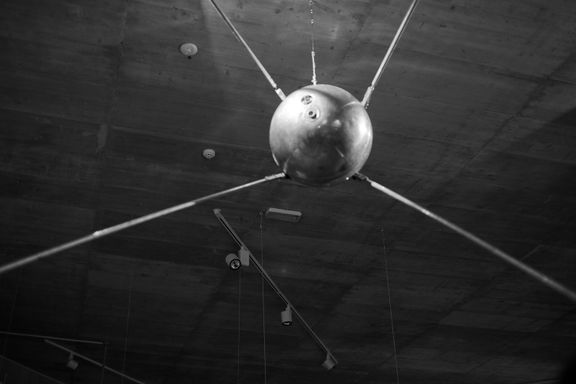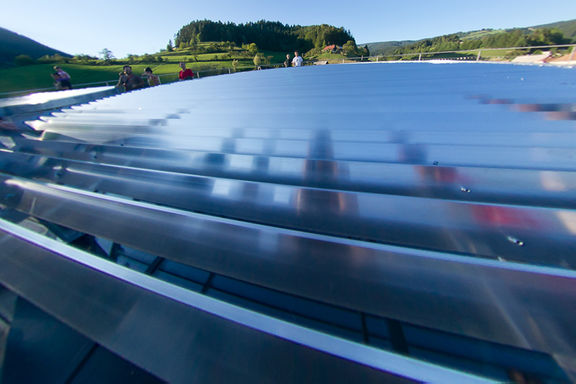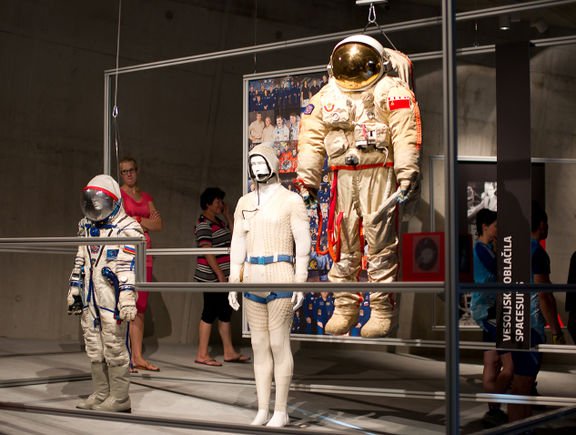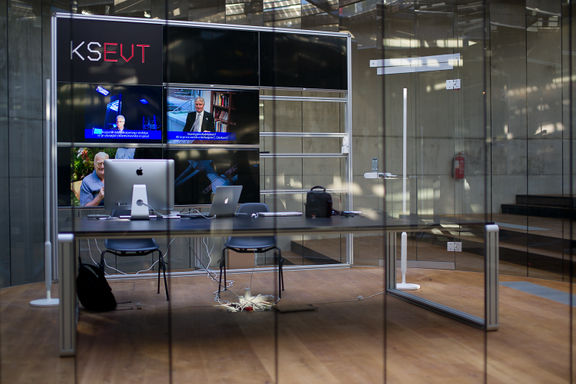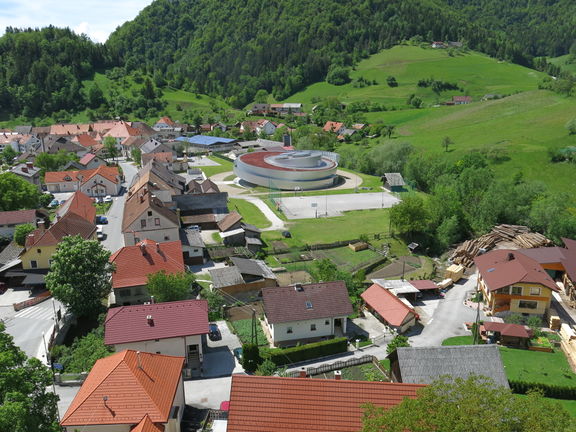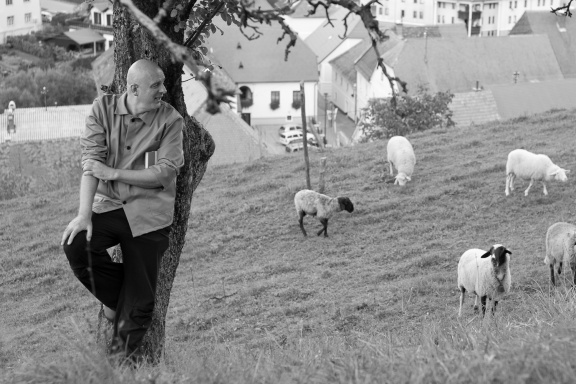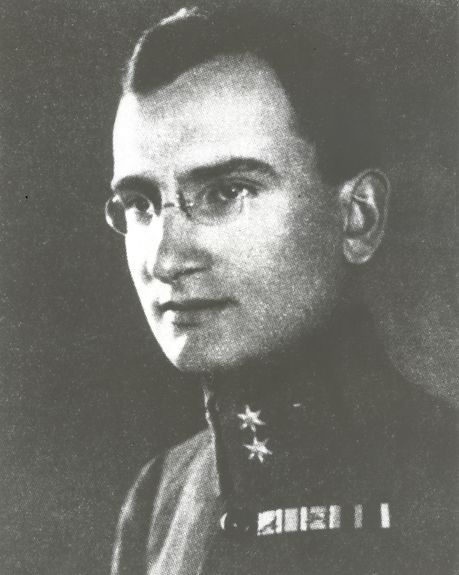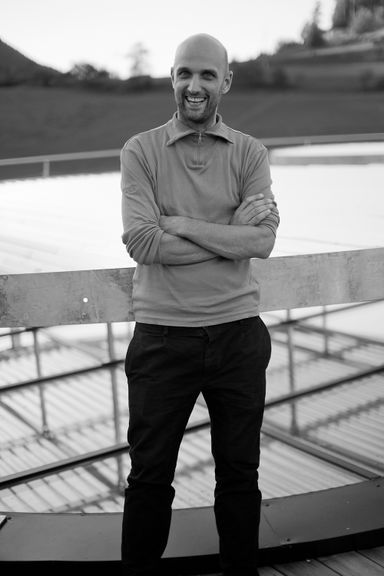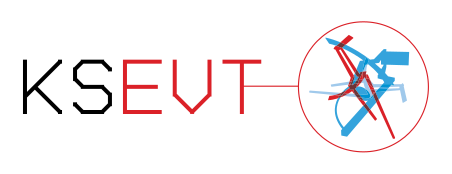Difference between revisions of "Cultural Centre of European Space Technologies (KSEVT)"
(1st update drafted) |
|||
| Line 8: | Line 8: | ||
| local name = Kulturno središče evropskih vesoljskih tehnologij (KSEVT) | | local name = Kulturno središče evropskih vesoljskih tehnologij (KSEVT) | ||
| logo = Cultural Centre of European Space Technologies KSEVT (logo).svg | | logo = Cultural Centre of European Space Technologies KSEVT (logo).svg | ||
| − | | street = | + | | street = Slovenska cesta 54 |
| − | | town = SI- | + | | town = SI-1000 Ljubljana |
| − | | map = | + | | map = |
| − | | website = http://www.ksevt.eu | + | | website = http://www.ksevt.eu |
| email = info@ksevt.eu | | email = info@ksevt.eu | ||
| telephone = | | telephone = | ||
| fax = | | fax = | ||
| − | | founded by = | + | | founded by = |
| − | | founded by 2 = | + | | founded by 2 = |
| founded by 3 = | | founded by 3 = | ||
| founded by 4 = | | founded by 4 = | ||
| Line 27: | Line 27: | ||
| contacts = | | contacts = | ||
{{Contact | {{Contact | ||
| − | | name = | + | | name = Dragan Živadinov |
| − | | role = | + | | role = KSEVT Art Conductor |
| street = | | street = | ||
| town = | | town = | ||
| Line 36: | Line 36: | ||
| fax = | | fax = | ||
}}{{Contact | }}{{Contact | ||
| − | |||
| − | |||
| − | |||
| − | |||
| − | |||
| − | |||
| − | |||
| − | |||
| − | |||
| − | |||
| name = | | name = | ||
| role = | | role = | ||
| Line 59: | Line 49: | ||
http://www.facebook.com/KSEVT | http://www.facebook.com/KSEVT | ||
}} | }} | ||
| − | + | ||
| + | |||
{{Teaser| | {{Teaser| | ||
| − | + | The [[Cultural Centre of European Space Technologies (KSEVT)]] engages in research/ development of Cultural Space programme. | |
| − | + | For the first 5 years the Centre ran its programmes in the newly constructed building in Vitanje. The KSEVT's programme has been based on the concept of the culturisation of outer space, introduced by [[Dragan Živadinov]], [[Dunja Zupančič]], and [[Miha Turšič]] within the [[Delak Institute]]. In 2014 the KSEVT team represented Slovenia at the Architecture Biennale in Venice with ''The Problem of Space Travel - Supre:architecture'' project. Since 2017 the programme in Vitanje should not be related to KSEVT but K-SEVT alias [[Herman Potočnik Noordung Space Center]]. | |
| − | + | The KSEVT programme continues on other locations in Slovenia and Europe. | |
| − | |||
| − | |||
}} | }} | ||
| − | |||
| − | + | ==Programme in Vitanje (2012–2016)== | |
| − | The | + | The ''Integrated Revitalisation of the Vitanje House of Culture into KSEVT'' project received funds in 2009 through the Development Investing in Public Cultural Infrastructure programme, run by the [[Ministry of Culture]]. |
| − | + | The building design is the work of four architectural bureaus which established the Architectural Union for Vitanje (AZZV): [[Bevk Perović Arhitekti]], [[Dekleva Gregorič Arhitekti]], [[Ofis Arhitekti]], and [[SADAR + VUGA Architects]]. The fascinating building of 2500 m² is inspired by [[Herman Potočnik|Herman Potočnik's]] plan for the first geostationary space station from 1928. | |
| − | |||
| − | [[ | ||
| − | |||
| − | |||
| − | |||
{{wide image|Cultural Centre of European Space Technologies KSEVT 2012 04.jpg}} | {{wide image|Cultural Centre of European Space Technologies KSEVT 2012 04.jpg}} | ||
| Line 88: | Line 71: | ||
The ground level includes the [[Slovenske Konjice Public Library|Vitanje Library]] and a multi-purpose circular hall with 300 seats. The first floor with research facilities is dedicated to the KSEVT programme. | The ground level includes the [[Slovenske Konjice Public Library|Vitanje Library]] and a multi-purpose circular hall with 300 seats. The first floor with research facilities is dedicated to the KSEVT programme. | ||
| − | == | + | ==Exhibitions== |
The permanent exhibition ''Herman Potočnik Noordung: 100 Monumental Influences'' is based on 100 of [[Herman Potočnik Noordung|Herman Potočnik Noordung's]] drawings, used in his book ''The Problem of Space Travel - The Rocket Motor''. The display covers Potočnik's life and time, the early rocket technologies, space architecture, usage of the Earth orbits, space wear, the ''Treasures of Modernity'' collection, and, last but not least – Slovenia in space. | The permanent exhibition ''Herman Potočnik Noordung: 100 Monumental Influences'' is based on 100 of [[Herman Potočnik Noordung|Herman Potočnik Noordung's]] drawings, used in his book ''The Problem of Space Travel - The Rocket Motor''. The display covers Potočnik's life and time, the early rocket technologies, space architecture, usage of the Earth orbits, space wear, the ''Treasures of Modernity'' collection, and, last but not least – Slovenia in space. | ||
| Line 95: | Line 78: | ||
Next to permanent exhibition, in October 2013 an exhibition ''VOYAGER/DR. MAVRETIČ'' was set up, presenting the work of Dr [[Anton Mavretič]] and the space probe Voyager. On the occasion Mavretič donated his archive to the [[National and University Library]]. In November 2014 an exhibition ''Spectral Modulator'' by [[Edvard Zajec]], a Trieste born Slovenian and one of the world pioneers in computer art, opened for the wider public. A Trieste born Slovenian and one of the world pioneers in computer art had conceived a ''Spectral Modulator'' some decades ago, and now finally found the right team of people and the resources to set it up. | Next to permanent exhibition, in October 2013 an exhibition ''VOYAGER/DR. MAVRETIČ'' was set up, presenting the work of Dr [[Anton Mavretič]] and the space probe Voyager. On the occasion Mavretič donated his archive to the [[National and University Library]]. In November 2014 an exhibition ''Spectral Modulator'' by [[Edvard Zajec]], a Trieste born Slovenian and one of the world pioneers in computer art, opened for the wider public. A Trieste born Slovenian and one of the world pioneers in computer art had conceived a ''Spectral Modulator'' some decades ago, and now finally found the right team of people and the resources to set it up. | ||
| − | In September 2015 the international symposium ''Out of the Cradle '15 / Habiton'' in Vitanje encompassed presentations of the first art satellite in orbit (Artsat1: Invader) and lectures by international guests, among them Dr Yuri Baturin. ''Matters of Gravity'', an exhibition of a Mexican group of 9 artists and 1 scientist, | + | In September 2015 the international symposium ''Out of the Cradle '15 / Habiton'' in Vitanje encompassed presentations of the first art satellite in orbit (Artsat1: Invader) and lectures by international guests, among them Dr Yuri Baturin. ''Matters of Gravity'', an exhibition of a Mexican group of 9 artists and 1 scientist, was on view until 3 January 2016. |
| + | |||
| + | Afterwards, a short-term exhibition entitled ''The Slovenian Space Academy'' presented the collaborative projects between Slovene organisations and The European Space Agency (ESA). | ||
| + | |||
==International cooperation== | ==International cooperation== | ||
| + | |||
On a regional level KSEVT generates connections between Trieste, Italy (liaising it with the ''Trieste Constructivist Ambient'' from 1927); Pula, Croatia (Potočnik's birth town); and Graz, Austria. KSEVT already cooperates with the Russian State Museum in St Petersburg and the National Air and Space Museum in Washington D.C.. | On a regional level KSEVT generates connections between Trieste, Italy (liaising it with the ''Trieste Constructivist Ambient'' from 1927); Pula, Croatia (Potočnik's birth town); and Graz, Austria. KSEVT already cooperates with the Russian State Museum in St Petersburg and the National Air and Space Museum in Washington D.C.. | ||
| Line 106: | Line 93: | ||
From 30 September to 4 October 2015, at KSEVT Vitanje, an exhibition entitled ''The Slovenian Space Academy'' presented the collaborative projects between Slovene organisations and The European Space Agency (ESA). ''Vitanje in Space: Sunita'', an art documentary, which addresses the problem of living in space through the eye of science and art, was premiered on the occasion. | From 30 September to 4 October 2015, at KSEVT Vitanje, an exhibition entitled ''The Slovenian Space Academy'' presented the collaborative projects between Slovene organisations and The European Space Agency (ESA). ''Vitanje in Space: Sunita'', an art documentary, which addresses the problem of living in space through the eye of science and art, was premiered on the occasion. | ||
| − | |||
| − | == | + | ==Background== |
Initially, the Cultural Centre of European Space Technologies (KSEVT) was founded by [[Miha Turšič]], [[Dragan Živadinov]], Municipality of Vitanje, [[Delak Institute]] and Planit Institute. | Initially, the Cultural Centre of European Space Technologies (KSEVT) was founded by [[Miha Turšič]], [[Dragan Živadinov]], Municipality of Vitanje, [[Delak Institute]] and Planit Institute. | ||
| − | From 30 September till 16 October 2015 [[Miha Turšič]], KSEVT's co-founder and acting director, was on a hunger strike | + | From 30 September till 16 October 2015 [[Miha Turšič]], KSEVT's co-founder and acting director, was on a hunger strike with a plea to the Government of Slovenia to reconsider the status of KSEVT, and the role of arts and culture as development agents, respectively. He demanded also a raise of the budget for culture to 2 % of the Slovenia Government Budget. The hunger strike took place in the reconstruction of the ''Trieste Constructivist Cabinet'' at the [[Moderna galerija (MG)]]. The strike's archive is available on the ''J'Accuse ...!'' In December 2015 [[Miha Turšič]] resigned from his function of KSEVT Director. |
| + | |||
| + | In March 2017 the Ministry of Economic Development and Technology became a co-funder of KSEVT, matching the funds of the [[Ministry of Culture]] and the [[Municipality of Vitanje]]. With the new direction of the institution K-SEVT or [[Herman Potočnik Noordung Space Center]], the programme has undergone significant changes. | ||
| − | |||
== See also == | == See also == | ||
| Line 123: | Line 110: | ||
==External links== | ==External links== | ||
| − | *[http:// | + | *[http://www.ksevt.eu KSEVT website] |
*[http://noordung.blogspot.si/2015/08/habiton-symposium-matters-of-gravity.html ''Habiton, Out of the Cradle'' symposium programme] | *[http://noordung.blogspot.si/2015/08/habiton-symposium-matters-of-gravity.html ''Habiton, Out of the Cradle'' symposium programme] | ||
*[http://jaccusesite.wordpress.com/category/eng/ ''J'Accuse …!'' blog], an archive on the KSEVT’s cofounder [[Miha Turšič|Miha Turšič's]] hunger strike, October 2015 | *[http://jaccusesite.wordpress.com/category/eng/ ''J'Accuse …!'' blog], an archive on the KSEVT’s cofounder [[Miha Turšič|Miha Turšič's]] hunger strike, October 2015 | ||
Revision as of 02:00, 30 January 2018
-
to
28 Sep 2018
10 Oct 2018
The exhibition of projects developed for the Cultural Centre of European Space Technologies (KSEVT) by the AA nanotourism Visiting School in cooperation with the Biennial of Design (BIO), presented by Jakob Travnik, supported by the Slovenian Culture and Information Centre, Vienna (SKICA) (Embassy of the Republic of Slovenia Vienna),
at the Vienna Design Week
-
to
19 Sep 2018
23 Sep 2018
The exhibition of four projects developed for the Cultural Centre of European Space Technologies (KSEVT) in the period 2014 - 2016 by AA nanotourism Visiting School in cooperation with the Biennial of Design (BIO) and the projects' presentation by Jakob Travnik in the Biodesign Here and Now program, supported by the Embassy of the Republic of Slovenia London,
at the London Design Festival
-
to
6 Sep 2018
10 Sep 2018
The participatory intermedia installation KOSMICA Parliament by Miha Turšič, co-produced by Cultural Centre of European Space Technologies (KSEVT), Kapelica Gallery, and Delak Institute; Infinite In-Between by Mojca Založnik, produced by Kapelica Gallery; Singing Sand by Tadej Droljc; Maja Smrekar contributing to the Bog Concert Night; and aqua_forensic by Robertina Šebjanič and Gjino Šutić, featuring Aquatocene / The Subaquatic Quest for Serenity by Robertina Šebjanič, also a speaker at a panel and artist talk,
at the Ars Electronica Festival Linz
-
to
15 Jul 2015
5 Aug 2015
The audiovisual installation Voyager/non-human agent as well as an informance (information performance) and the presentation Cosmosapiens and the TerRatope by Špela Petrič and Miha Turšič (Cultural Centre of European Space Technologies (KSEVT)) in the framework of the exhibition New Materialisms
-
to
13 Dec 2014
8 Mar 2015
The First Space Architect: Herman Potočnik Noordung, an exhibition produced by the Cultural Centre of European Space Technologies (KSEVT),
-
to
16 Jun 2014
30 Jun 2014
Fourteen, a dance performance by Rosana Hribar and Gregor Luštek (Dance Theatre Ljubljana), Sad Sam Lucky, a dance performance by Matija Ferlin (Emanat Institute), a concert by Laibach, Postgravity Art: Cosmistic Architectre, a theatre informance by Dragan Živadinov, Dunja Zupančič, Miha Turšič, Dario Seraval, and Špela Petrič (Cultural Centre of European Space Technologies (KSEVT)), and Postgravity Art: Infomatrix, a visual informance by Dragan Živadinov, Dunja Zupančič, and Miha Turšičat (Cultural Centre of European Space Technologies (KSEVT)), at the IKS International Festival of Contemporary Theatre
-
to
6 Jun 2014
23 Nov 2014
The project The Problem of Space Travel - Supre: Architecture by the Cultural Centre of European Space Technologies (KSEVT) as the Slovene representative at the 14th International Architecture Exhibition - la Biennale di Venezia, supported by the Ministry of Culture,
-
9 Dec 2013
Dragan Živadinov, Miha Turšić, and Marko Peljhan from the Cultural Centre of European Space Technologies (KSEVT) at the Think Space Symposium
-
to
8 Oct 2013
11 Oct 2013
Robertina Šebjanič and Jerneja Rebernak (Cultural Centre of European Space Technologies (KSEVT)) at the Media Art Histories 2013: Renew, supported by the Embassy of the Republic of Slovenia Berlin
-
to
3 Aug 2013
13 Oct 2013
Free Enterprise: The Art of Citizen Space Exploration, a joint exhibition co-curated by Marko Peljhan, featuring also Slovene artists and organisations Cultural Centre of European Space Technologies (KSEVT), Trieste Constructivist Cabinet, Nejc Trošt, Noordung Cosmokinetic Cabinet, Projekt Atol Institute
-
to
29 Jun 2013
2 Jul 2013
The gallery performance, exhibition and video installation Via MSU Zagreb - No One Should Have Seen This produced by Via Negativa, the solo performance Drop Dead by Katarina Stegnar, and a trip to the Cultural Centre of European Space Technologies (KSEVT) accompanied by Dragan Živadinov
at the Eurokaz Festival
-
to
19 Jan 2013
18 May 2013
USA Riverside (CA) California Museum of Photography,Culver Center of the Arts & Sweeney Art Gallery
Free Enterprise: The Art of Citizen Space Exploration, a joint exhibition also featuring Slovene artists and organisations: Cultural Centre of European Space Technologies (KSEVT), Trieste Constructivist Cabinet, Nejc Trošt, Noordung Cosmokinetic Cabinet, Projekt Atol Institute, and curated by Marko Peljhan
Programme in Vitanje (2012–2016)
The Integrated Revitalisation of the Vitanje House of Culture into KSEVT project received funds in 2009 through the Development Investing in Public Cultural Infrastructure programme, run by the Ministry of Culture.
The building design is the work of four architectural bureaus which established the Architectural Union for Vitanje (AZZV): Bevk Perović Arhitekti, Dekleva Gregorič Arhitekti, Ofis Arhitekti, and SADAR + VUGA Architects. The fascinating building of 2500 m² is inspired by Herman Potočnik's plan for the first geostationary space station from 1928.
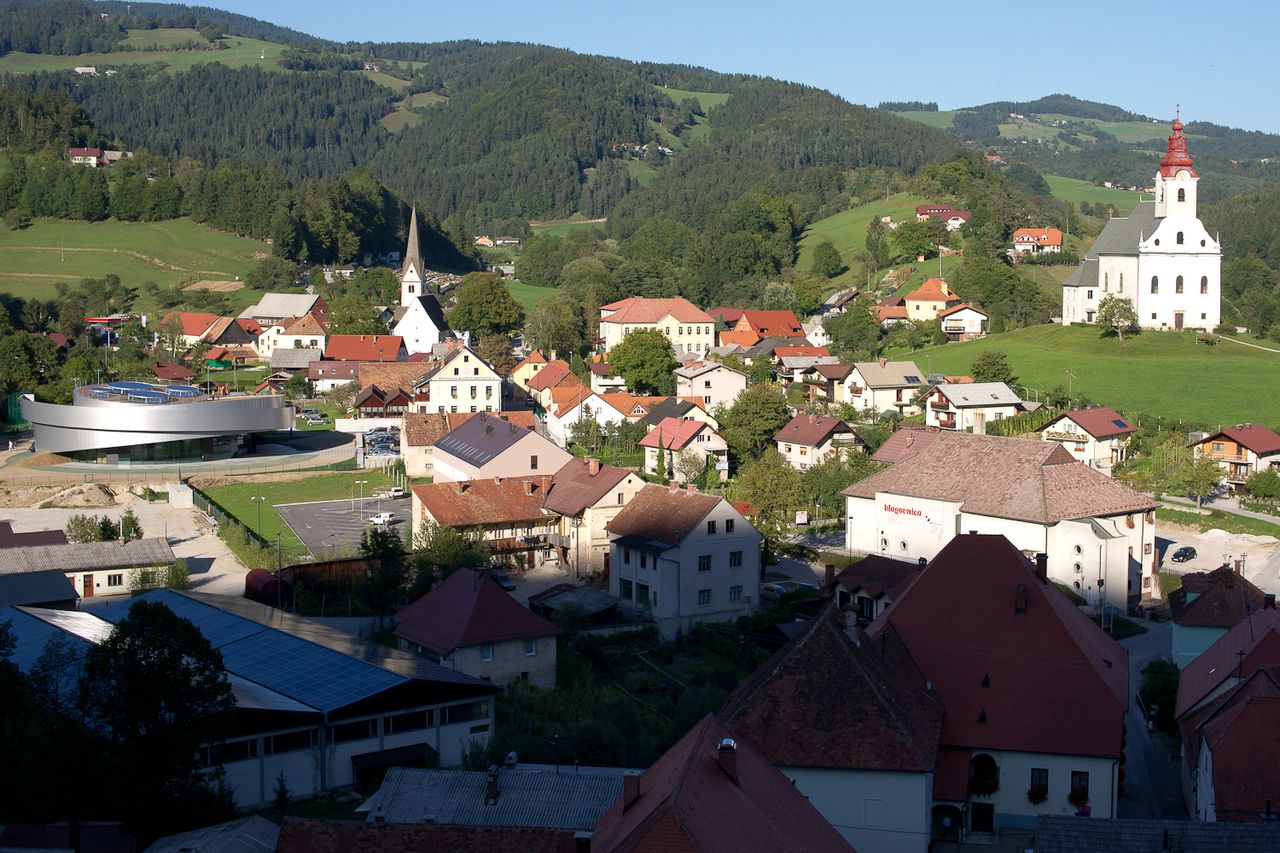 Cultural Centre of European Space Technologies (KSEVT), a space for the synthesis of art and science focused on the post-gravity art, Vitanje, 2012. Since 2017 the programme is run by Herman Potočnik Noordung Space Center.
Cultural Centre of European Space Technologies (KSEVT), a space for the synthesis of art and science focused on the post-gravity art, Vitanje, 2012. Since 2017 the programme is run by Herman Potočnik Noordung Space Center.
The ground level includes the Vitanje Library and a multi-purpose circular hall with 300 seats. The first floor with research facilities is dedicated to the KSEVT programme.
Exhibitions
The permanent exhibition Herman Potočnik Noordung: 100 Monumental Influences is based on 100 of Herman Potočnik Noordung's drawings, used in his book The Problem of Space Travel - The Rocket Motor. The display covers Potočnik's life and time, the early rocket technologies, space architecture, usage of the Earth orbits, space wear, the Treasures of Modernity collection, and, last but not least – Slovenia in space.
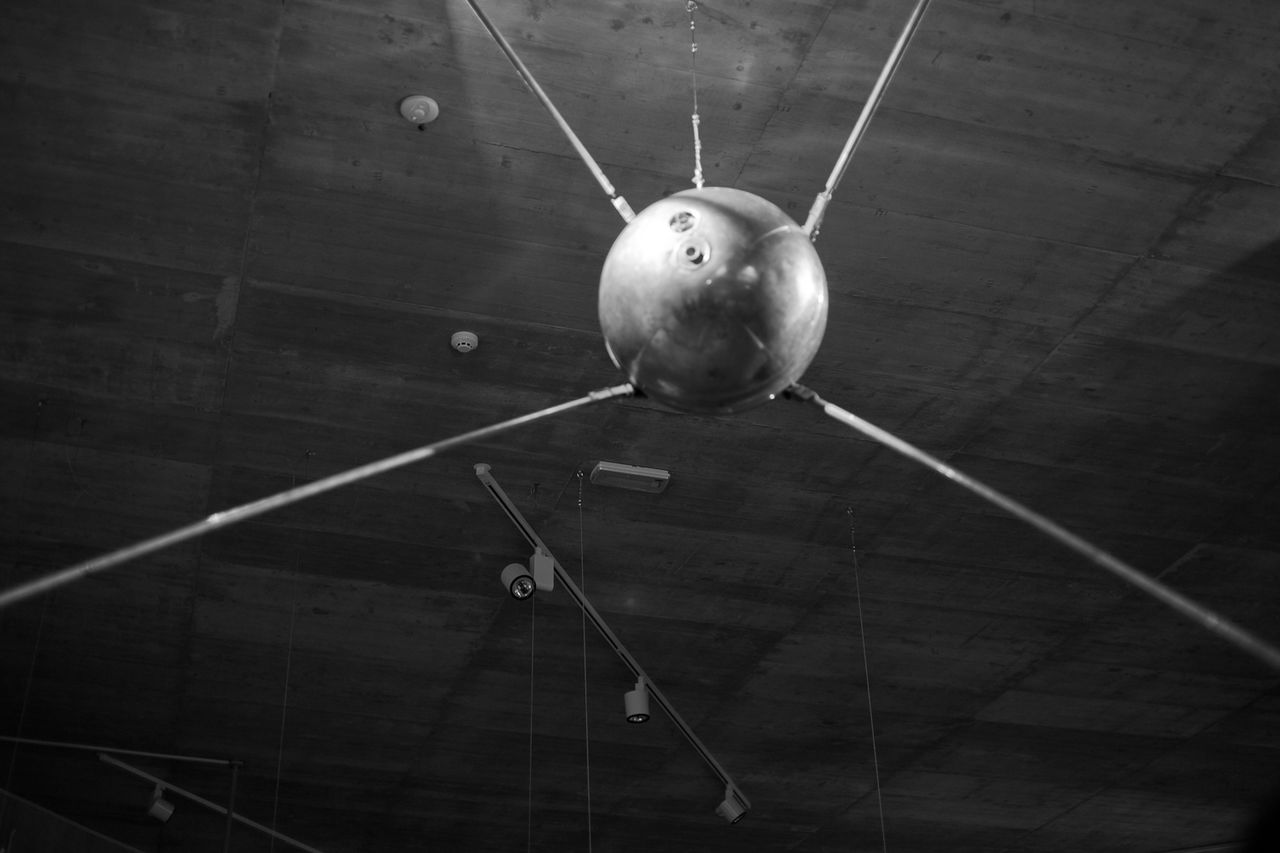 A replica of Sputnik 1, the first artificial satellite in the world to be put into outer space, part of the permanent exhibition at the Cultural Centre of European Space Technologies (KSEVT), 2012
A replica of Sputnik 1, the first artificial satellite in the world to be put into outer space, part of the permanent exhibition at the Cultural Centre of European Space Technologies (KSEVT), 2012
Next to permanent exhibition, in October 2013 an exhibition VOYAGER/DR. MAVRETIČ was set up, presenting the work of Dr Anton Mavretič and the space probe Voyager. On the occasion Mavretič donated his archive to the National and University Library. In November 2014 an exhibition Spectral Modulator by Edvard Zajec, a Trieste born Slovenian and one of the world pioneers in computer art, opened for the wider public. A Trieste born Slovenian and one of the world pioneers in computer art had conceived a Spectral Modulator some decades ago, and now finally found the right team of people and the resources to set it up.
In September 2015 the international symposium Out of the Cradle '15 / Habiton in Vitanje encompassed presentations of the first art satellite in orbit (Artsat1: Invader) and lectures by international guests, among them Dr Yuri Baturin. Matters of Gravity, an exhibition of a Mexican group of 9 artists and 1 scientist, was on view until 3 January 2016.
Afterwards, a short-term exhibition entitled The Slovenian Space Academy presented the collaborative projects between Slovene organisations and The European Space Agency (ESA).
International cooperation
On a regional level KSEVT generates connections between Trieste, Italy (liaising it with the Trieste Constructivist Ambient from 1927); Pula, Croatia (Potočnik's birth town); and Graz, Austria. KSEVT already cooperates with the Russian State Museum in St Petersburg and the National Air and Space Museum in Washington D.C..
In 2011 the Centre prepared the Memorandum on the Culturalisation of Outer Space that the Slovene President Danilo Türk presented to the Russian President Dmitry Medvedev as a new dimension of cooperation between Slovenia and Russia. The document foresees the first (professional) artist spaceflight, presumably in the person of the Slovene primaballerina Mateja Rebolj who has also collaborated with Dragan Živadinov in the Noordung Cosmokinetic Cabinet.
At the 14th International Architecture Exhibition – la Biennale di Venezia in 2014 the exhibition at the Pavilion of Slovenia (Arsenale) was curated by the Cultural Centre of European Space Technologies (KSEVT). The project delved into the fundamentals of architecture through the opus of the pioneer of space architecture, Herman Potočnik Noordung.
From 30 September to 4 October 2015, at KSEVT Vitanje, an exhibition entitled The Slovenian Space Academy presented the collaborative projects between Slovene organisations and The European Space Agency (ESA). Vitanje in Space: Sunita, an art documentary, which addresses the problem of living in space through the eye of science and art, was premiered on the occasion.
Background
Initially, the Cultural Centre of European Space Technologies (KSEVT) was founded by Miha Turšič, Dragan Živadinov, Municipality of Vitanje, Delak Institute and Planit Institute.
From 30 September till 16 October 2015 Miha Turšič, KSEVT's co-founder and acting director, was on a hunger strike with a plea to the Government of Slovenia to reconsider the status of KSEVT, and the role of arts and culture as development agents, respectively. He demanded also a raise of the budget for culture to 2 % of the Slovenia Government Budget. The hunger strike took place in the reconstruction of the Trieste Constructivist Cabinet at the Moderna galerija (MG). The strike's archive is available on the J'Accuse ...! In December 2015 Miha Turšič resigned from his function of KSEVT Director.
In March 2017 the Ministry of Economic Development and Technology became a co-funder of KSEVT, matching the funds of the Ministry of Culture and the Municipality of Vitanje. With the new direction of the institution K-SEVT or Herman Potočnik Noordung Space Center, the programme has undergone significant changes.
See also
- Herman Potočnik Noordung and Vitanje
- Delak Institute
- Slovenske Konjice Public Library
- Noordung Cosmokinetic Cabinet
External links
- KSEVT website
- Habiton, Out of the Cradle symposium programme
- J'Accuse …! blog, an archive on the KSEVT’s cofounder Miha Turšič's hunger strike, October 2015
International projects
- Venice The catalogue of The Problem of Space Travel - Supre: Architecture project presented at the 14th International Architecture Exhibition - la Biennale di Venezia
Biennial
Architecture
General information




